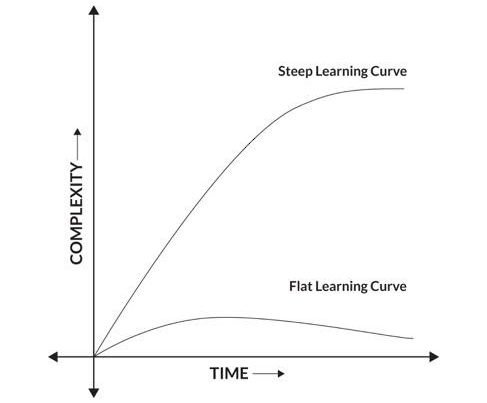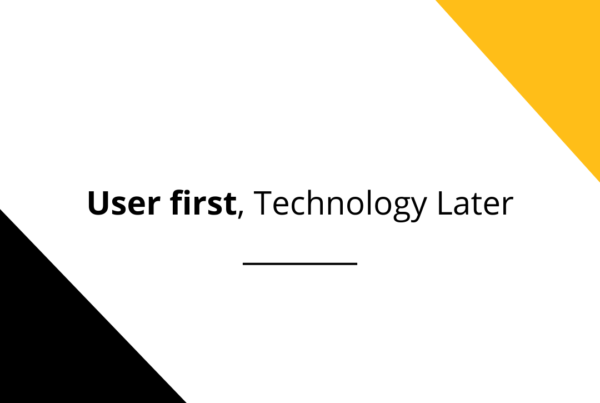In the services sector, more often than not, executives define innovation as ‘Using Technology to enhance efficiencies of processes’. I feel they should look far beyond just enhancing efficiencies. The following experience illustrates the case for Human-centred Innovation as a far more effective tool than Technology-centred innovation.
A tele-calling BPO was looking at ‘Enhancing the efficiency of the Calling Process’. Initially, they were looking at the usual metrics as mentioned in the first paragraph above. Then during the workshop, one of the calling executives mentioned, “I can sense whether the prospect is interested in our offering or not on the basis of the voice tone of the prospect”. This was a trigger for Innovation to begin. A new metric for the enhancing the efficiency of the Calling Process had been casually mentioned by someone at the lowest rung in the hierarchy.
The team then focused on how one could quantify the ‘Voice Tone’ of a prospect’s response. Finding a technology to make this happen became the focus of the innovation effort.
The company had a repository of recorded call logs of around 4.5 million prospect calls made over the last few years. The end-results (whether converted or not, if converted then the duration of time taken for conversion etc.) of these calls too were recorded. An external IT company was hired to help in the pattern recognition. An algorithm was built to understand the relationship between the ‘Voice Tonality’ and the outcomes achieved. Voice tonality was broken down into the ‘frequency, amplitude and wavelength of the voice of the prospects on the calls. Lo and behold co-relations between voice tonality and outcomes emerged from the 4.5 million call logs. Finally, clear patterns in the co-relations emerged as follows:
-
-
- Voice tonality pattern—1 → Outright ‘Yes’
-
- Voice tonality pattern—2 → Maybe ‘Yes’
-
- Voice tonality pattern—3 → On the fringe of ‘Yes’ and ‘No’
-
- Voice tonality pattern—4→ Maybe ‘No’
- Voice tonality pattern—5 → Outright ‘No’
-
This was exciting for everyone. Many iterations later, the final solution unfolded as follows:
Today, when a call center executive makes a call and the prospect responds, the prospects voice is fed to the voice analysis engine. Within the first twelve words uttered by the prospect, his ‘Voice Tonality’ is analysed and the prospect slotted into the above mentioned five categories. All this happens in real-time (during the conversation between the call center executive and the prospect). The category to which the prospect belongs to is displayed on the screen in front of the call center executive and the relevant conversation flow (questions to be asked) appear onscreen, facilitating the conversation.
All this leads to better targeting of the marketing and sales effort, reducing the cost, time and effort required in the sales cycle. As a result, this particular BPO is charging 2.5 times the rate per call as compared to earlier and…… they have a queue of clients whom they cannot service due to an unprecedented demand for their service
Lessons from this experience:
-
-
- For Breakthrough Ideation, involve everyone in the team – Remember, it was the tele-calling executive who provided the lead with his qualitative assessment of the process
-
- Try to find new metrics for enhancing service quality levels rather than just attempting to utilize new technologies to enhance efficiencies of existing metrics.
-
- Do not begin the ‘Innovation Exercise’ with a specific technology in mind. Rather, begin with the user in mind, identify new parameters for enhancing service quality and then look for appropriate technologies to make it happen.
- Do not ignore ‘Qualitative’ metrics because they seem to appear to be unmeasurable now.
-
These, according to me are the mantras for making innovation in the service sector

![Using Design Thinking to INNOVATE in Service Based Businesses [A Case Study]](http://www.potentialsandpossibilities.com/wp-content/uploads/2019/02/2.jpg)



